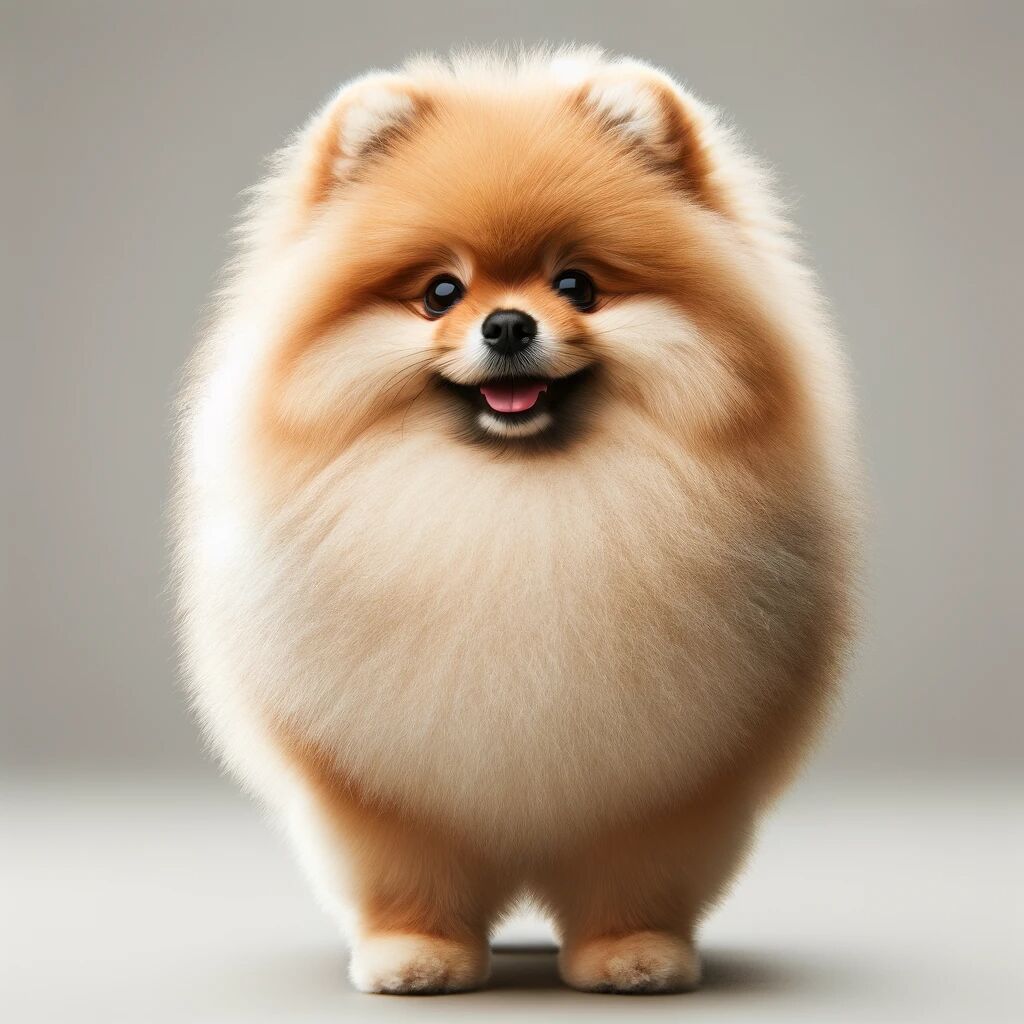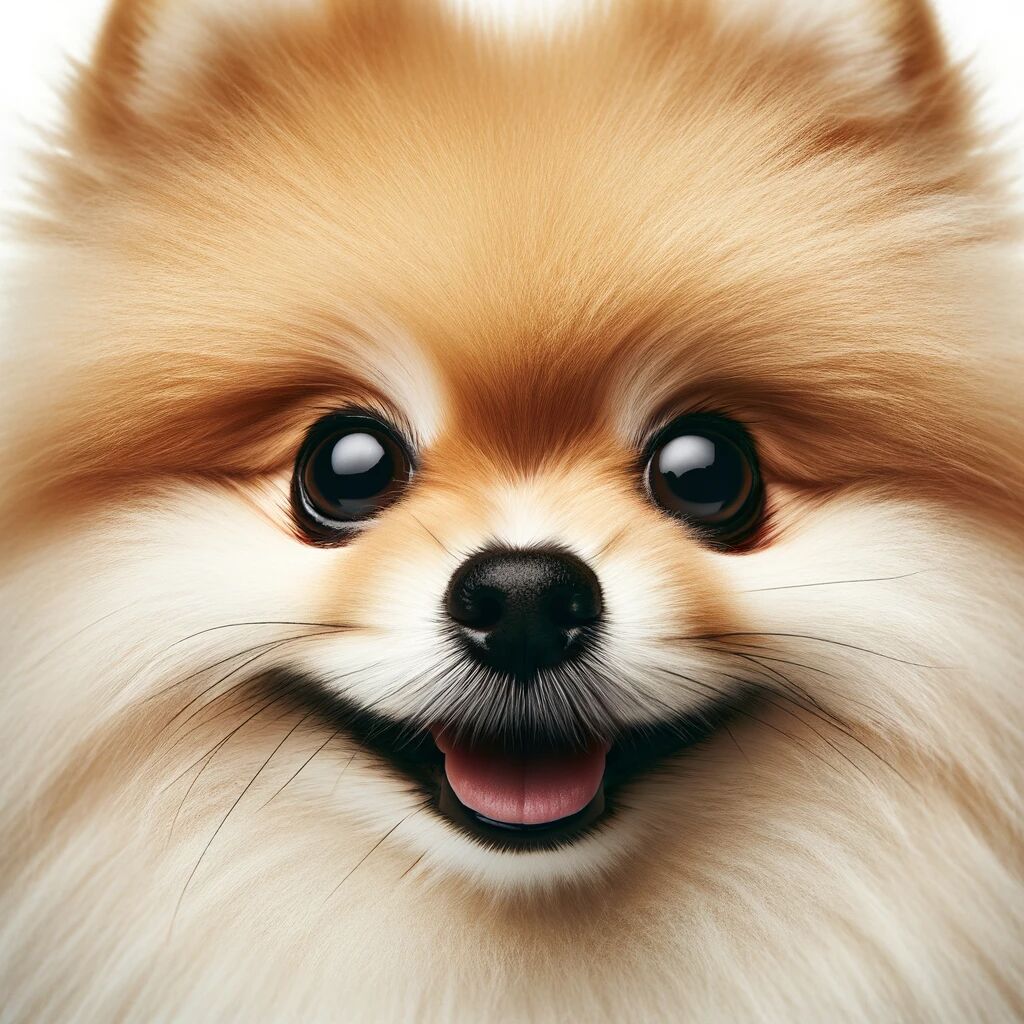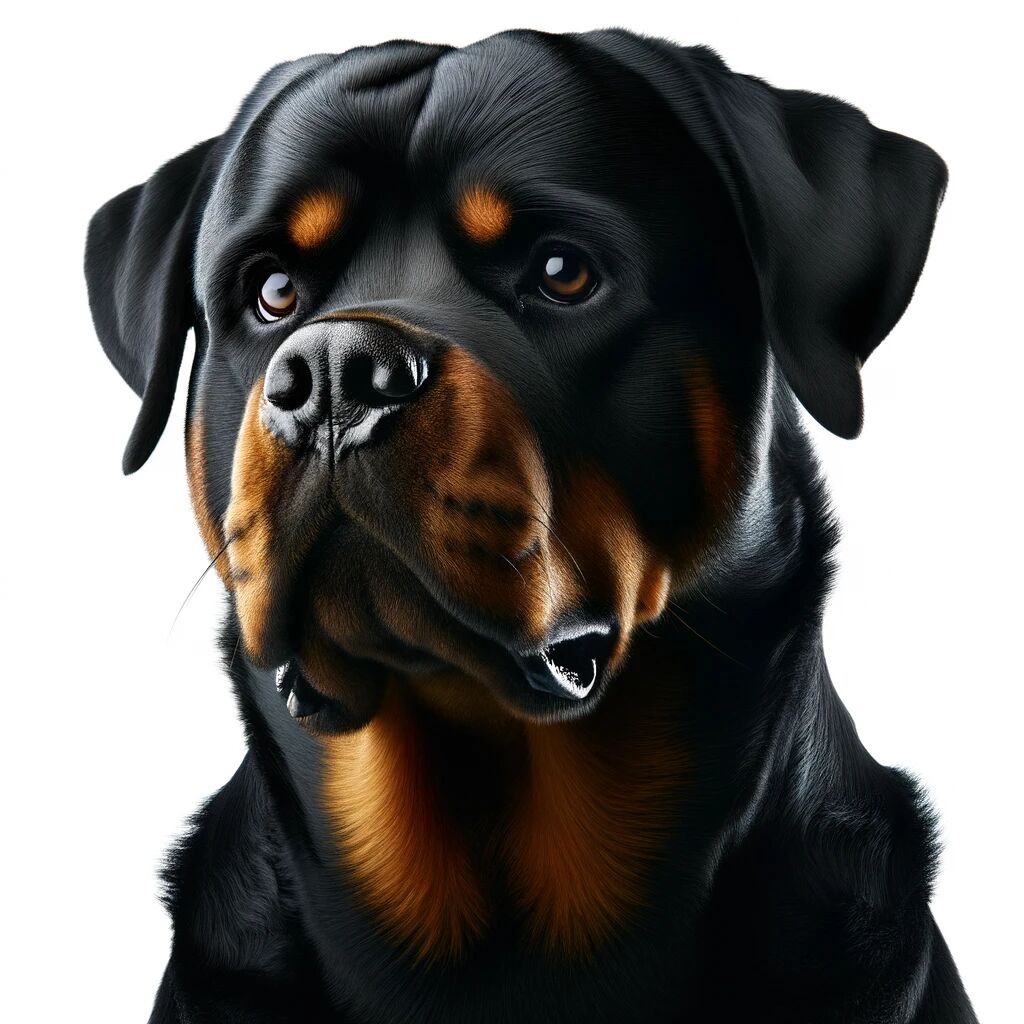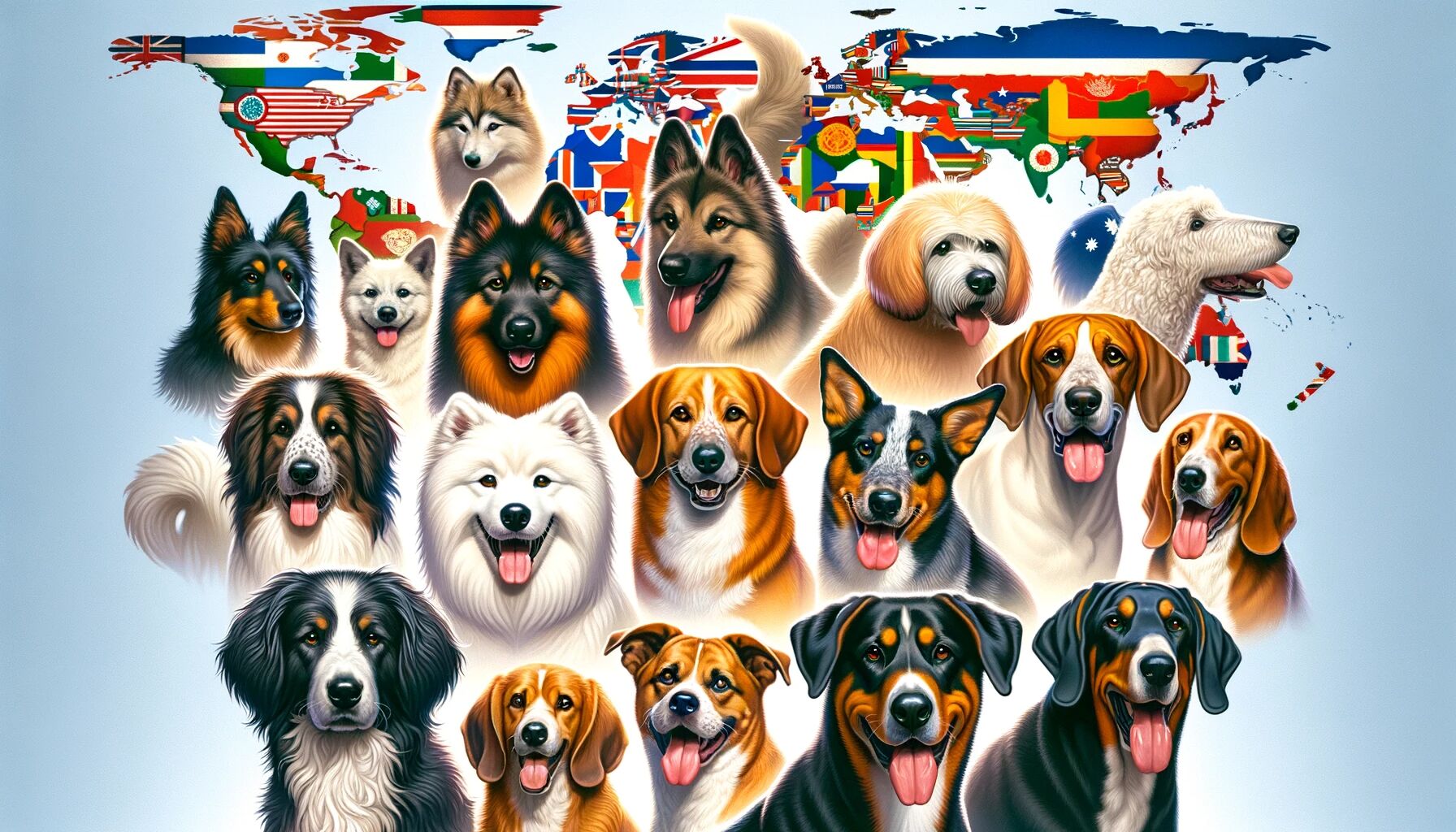Pomeranian vs Rottweiler: Choosing the Right Companion for You
Discover the unique qualities and differences between the Pomeranian and Rottweiler breeds.
Welcome to our detailed comparison of the Pomeranian and Rottweiler. Whether you're considering which breed to welcome into your home or simply curious about their differences, this guide offers an in-depth look at their characteristics, temperaments, and care needs.

Pomeranian

Rottweiler
Comparing Pomeranian and Rottweiler: A Detailed Overview
When considering the Pomeranian and the Rottweiler, we find unique and intriguing differences and similarities. Both breeds have their distinctive charm and characteristics, making them beloved by many.
Both the Pomeranian and the Rottweiler showcase high energy levels, making them ideal for owners who appreciate an active lifestyle.
The Pomeranian has a high shedding level, differing from the Rottweiler which shows a moderate shedding level.
Grooming the Pomeranian is high, which is not the case with the Rottweiler, needing moderate grooming.
Training both the Pomeranian and the Rottweiler is similarly above average, suggesting they have comparable learning abilities.
While the Pomeranian is okay with children, the Rottweiler tends to be not recommended, offering different considerations for families.
Both breeds are not hypoallergenic, which is an important factor for owners with allergies.
The Pomeranian is categorized as a Small breed, which contrasts with the Rottweiler, a Large breed, highlighting their physical differences.
The expected lifespan of the Pomeranian is 12-16 years, which differs from the Rottweiler that generally lives for 9-10 years years.
Concluding, the Pomeranian and Rottweiler each offer unique qualities and advantages. Your final choice should reflect your personal lifestyle, home environment, and the qualities you value most in a canine companion.
Comparative Overview
| Feature |
 Pomeranian
Pomeranian
|
 Rottweiler
Rottweiler
|
|---|---|---|
| Size | Small | Large |
| Lifespan | 12-16 years | 9-10 years |
| Temperament | Bold, Energetic, Intelligent | Loyal, Confident, Courageous |
| Energy Level | high | high |
| Shedding Level | high | moderate |
| Grooming Needs | high | moderate |
| Trainability | above average | above average |
| Good with Children | okay | not recommended |
| Hair Length | Long | Short |
| Hair Type | Fluffy | Straight |
| Hypoallergenic | not hypoallergenic | not hypoallergenic |
| Food Requirements | Nutritionally balanced diet appropriate for small breeds, avoiding overfeeding. | Rottweilers need a diet rich in protein to support their muscular build. It's important to monitor their food intake and ensure regular exercise to prevent obesity. |
Conclusion
Both the Pomeranian and Rottweiler have unique qualities that make them beloved by many. Choosing the right breed depends on your lifestyle, space, and the time you can dedicate to grooming, training, and exercise. Consider all aspects to find the perfect furry companion for your home.
Test your knowledge
 Breeds of the World
Breeds of the World